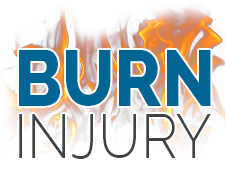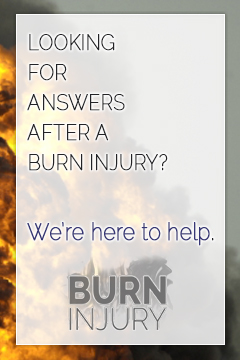Treating Minor Burns
Burns can be very painful, but minor burns can often be treated at home with first aid. The extent of the burn can usually be determined by inspecting the area of the burn. If there is redness and pain, but no blistering or breakage of the skin, the burn is most likely a first degree burn. As long as the area that is burned is small and not affecting sensitive areas such as the face, buttocks, groin, hands, or feet, the burn can be safely treated at home. Even if there is some blistering, if the burn is small, the patient may still be able to treat the burn using first aid.
Treating Minor Burns with First Aid
When a burn occurs at home or at a workplace, the source of the burn should be removed immediately. If chemicals or hot liquid have caused the burn, any saturated clothing that may inflict further injury should be removed. Flame or hot objects should be removed from skin and cooled. If electricity caused the burn, medical attention may be required to rule out the possibility of internal damage.
Cool Burned Area
Once the burn source has been removed, the skin should be cooled. In most cases, the best way to do this is with cool running water. Water will clean out the burn while cooling the skin, reducing the risk of infection and helping to speed healing. If it is not possible to run cool water over the burn, a damp cloth should be held over the burn. Ice and very cold water should be avoided, as the extreme cold may shock the body.
Ointments and Protection
If the skin is unbroken, ointments such as petroleum jelly and aloe vera can be helpful in protecting the burn and lessening pain. Antibiotic ointments may cause allergic reactions and are not necessary to heal a burn that has been cleaned well. Lotions, eggs, mustard, and other unresearched home remedies should be avoided, as infection may occur. If blistering is present, do not break blisters, as the risk of infection is increased greatly. If possible, the burn should be bandaged to keep it free of debris.
Pain Relief
Since first and second degree burns are painful, the patient may wish to lessen the pain. Over-the-counter medications such as naproxen sodium or ibuprofen can help to reduce swelling as well as provide pain relief. Some ointments may also provide burn relief. If the patient is a child or is on other medications, a medical professional should be consulted before administering medication.
Burn Medical Attention
If minor burns are covering a large area or are in a very sensitive area, the patient should seek medical attention. Doctors may be able to clean wounds more thoroughly in a medical facility than the patient can at home. Doctors will also be able to prescribe pain relief medication and ointments that will best help heal large burns or burns in sensitive areas. If the patient is unsure of the extent of the burn or there are concerns about the patient being prone to infection, the patient should also seek medical attention.
Sources:
“Classification and Treatment of Burns.” Lucile Packard Children’s Hospital at Stanford. Lucile Packard Children’s Hospital, n.d. Web. 29 Dec 2013. <http://www.lpch.org/DiseaseHealthInfo/HealthLibrary/burns/classify.html>.
“Minor Burns-Aftercare.” Medline Plus. U.S. National Library of Medicine, 31 Oct 2013. Web. 29 Dec 2013. <http://www.nlm.nih.gov/medlineplus/ency/patientinstructions/000662.htm>.
“Treating Burns.” National Safety Council. National Safety Council, n.d. Web. 29 Dec 2013. <http://www.nsc.org/safety_home/HomeandRecreationalSafety/Documents/TreatingBurns.pdf>.













